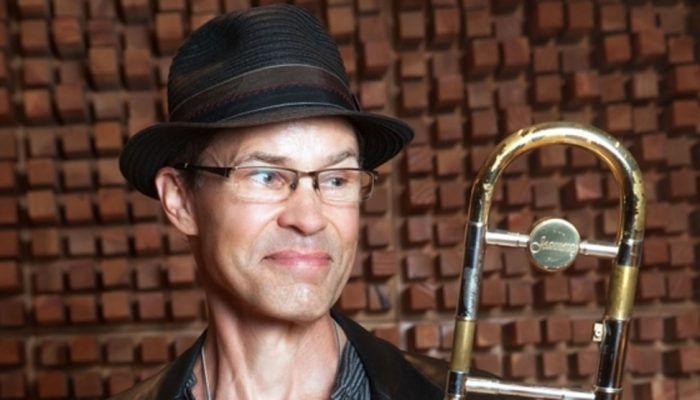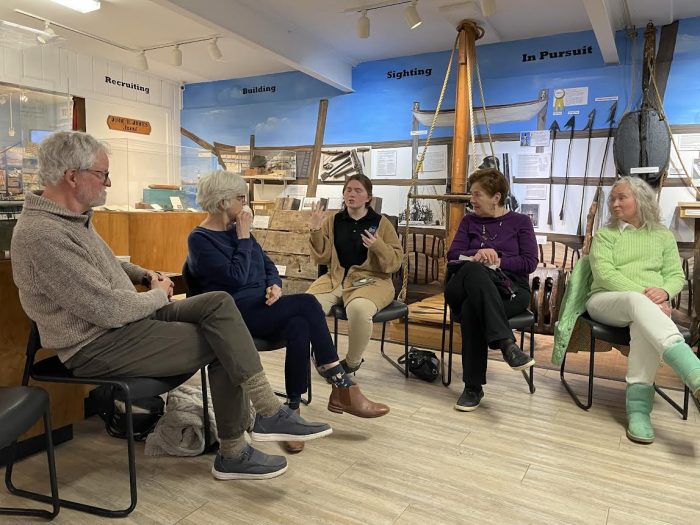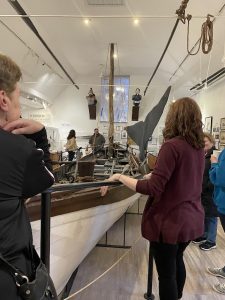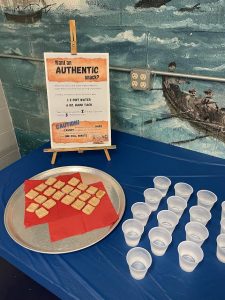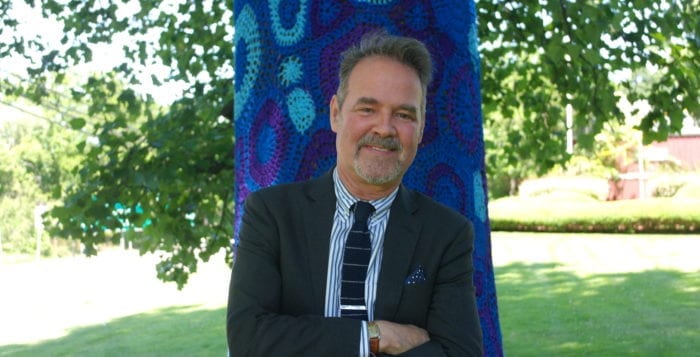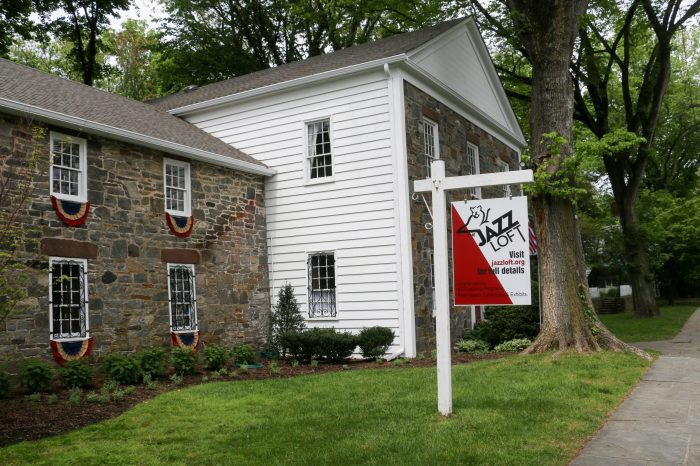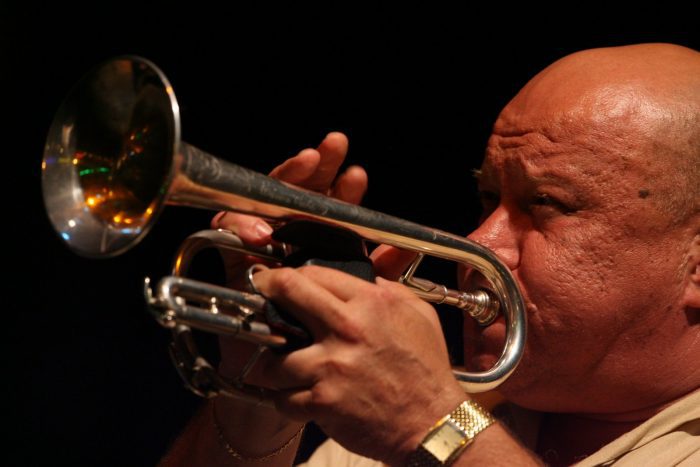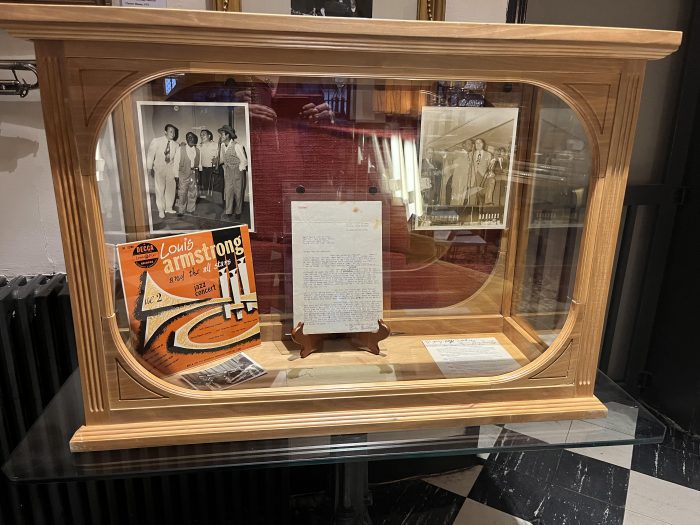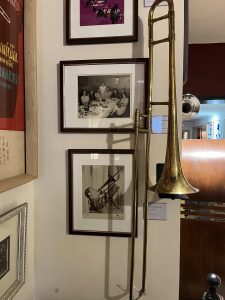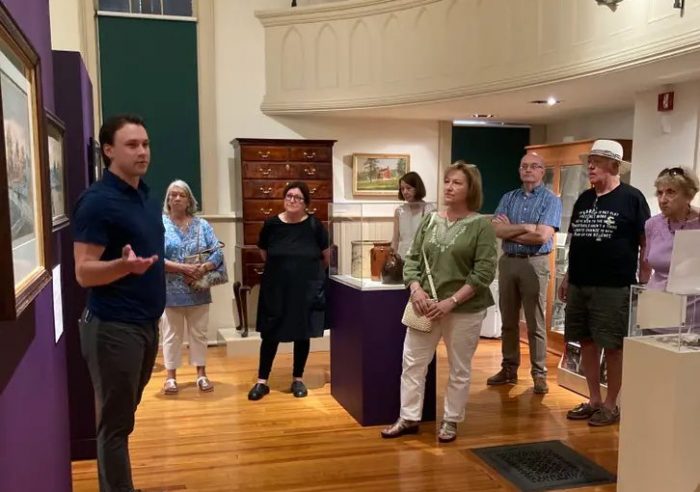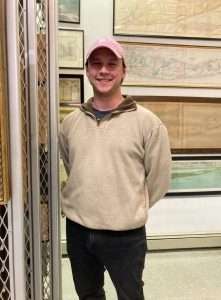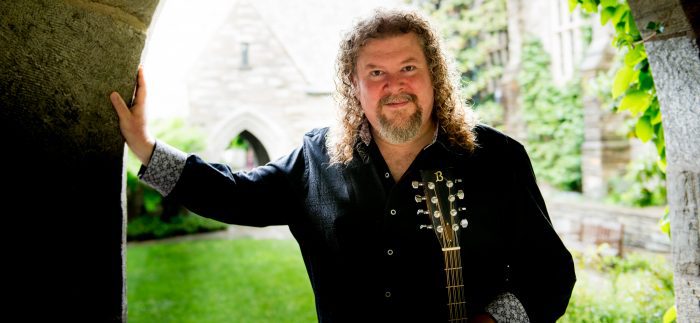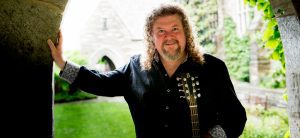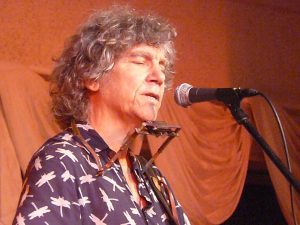The Jazz Loft, 275 Christian Ave., Stony Brook presents jazz fusionist trombonist Ray Anderson on Friday, April 28 at 7 p.m.
Anderson’s performance is part of the launching of the Jazz Loft’s new Institute for New Music, an affiliate of the Jazz Loft, which will serve as an “musical and artistic incubator” by providing time and space to new artists in a supportive setting.
“It is wondrous that the Institute for New Music will open at this time, for this is a time when the need for new music has never been greater,” said Anderson. “Situated in the Three-Village area of Long Island, close to the famous Jazz Loft and Stony Brook University, it will bring peace, harmony, diversity, and creativity from this corner of Long Island to the world.”
Anderson was once dubbed “the wild man of the trombone” by the L.A. Times and has been named five straight years as best trombonist in the Down Beat Critics Poll. He has been declared “the most exciting slide brass player of his generation” by the Penguin Guide to Jazz on CD.
Anderson is a Professor of Jazz Studies in the Music Department at nearby Stony Brook University where he has been on the faculty for 16 years.
The Ray Anderson Ensemble features: Ray Anderson, trombone; Mark Helias, bass; and Moshe Elmakias, piano.
“We’ve welcomed some incredible talent at the Loft these past few years,” said Jazz Loft Founder Tom Manuel, “but I can think of no one more creative, more dynamic, more authentically real in transmitting his musical voice than Ray Anderson. There is an incredibly transcendent spirit of love and acceptance when he performs and those who are lucky enough to be present leave uplifted and moved for sure!”
Tickets are $30 adults, $25 seniors, $20 students $15 children at www.thejazzloft.org. For more Information visit https://www.thejazzloft.org.

